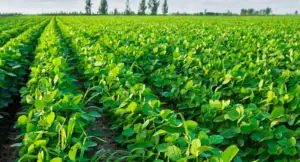Good agricultural practices (GAPs) are essential for sustainable and productive farming, from preparing the soil to storing harvested crops. We are giving a comprehensive guide to some of the key practices at each stage of the agricultural process:
Soil Preparation

- Breaking up the hard soil: It helps to loosen hard soil, making it easier for plant roots to penetrate and access nutrients and water.
- Soil Testing: Conduct soil tests to analyze nutrient levels (such as nitrogen, phosphorus, and potassium) and pH. This information helps determine the need for soil amendments like lime or fertilizer.
- Soil Conditioning: Adding organic matter, like compost or well-rotted manure, improves soil structure, water-holding capacity, and nutrient content.
- Tillage: Choose appropriate tillage methods based on the crop and local conditions. Reduced or no-till practices can minimize soil erosion and preserve soil health.
Crop Selection and Rotation
- Select Suitable Crops: Choose crops that thrive in your region’s climate and are in demand in local markets. Consider factors like temperature, precipitation, and soil type.
- Crop Rotation: Rotate crops to break the life cycles of pests and diseases and maintain soil fertility. For example, if you grow corn one season, follow it with a legume like beans the next.
Planting and Crop Management
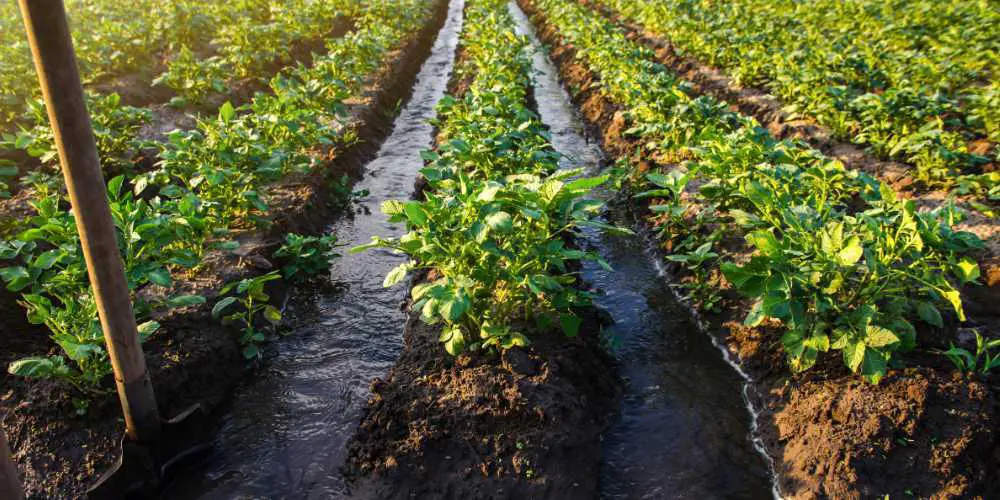
- Seed Quality: High-quality seeds ensure good germination and healthy plants. Look for certified, disease-free seeds.
- Planting Density: Follow recommended spacing and planting depths to optimize light, air, and water access for each crop.
- Irrigation: Efficient watering methods, such as drip irrigation, reduce water waste and enhance crop health.
- Pest and Disease Management: Integrated pest management (IPM) involves using a combination of biological, mechanical, and chemical methods to manage pests while minimizing harm to the environment.
- Fertilization: Apply fertilizers as per soil test results to ensure crops receive the nutrients they need. Use organic fertilizers like compost whenever possible.
Weed Control
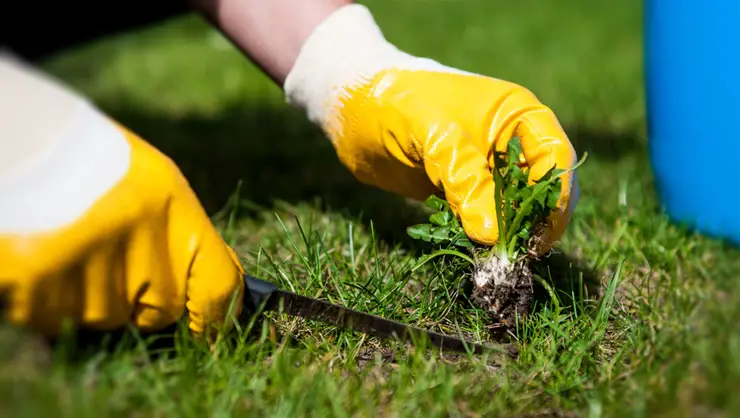
- Mechanical Methods: Tools like cultivators and hoes are used to physically remove weeds from the field without the need for chemicals.
- Mulching: Mulching with organic materials like straw or wood chips helps suppress weeds and retain soil moisture.
- Herbicides: When necessary, select herbicides based on the type of weeds and use them according to label instructions, taking care to minimize environmental impact.
Read Also
Harvesting
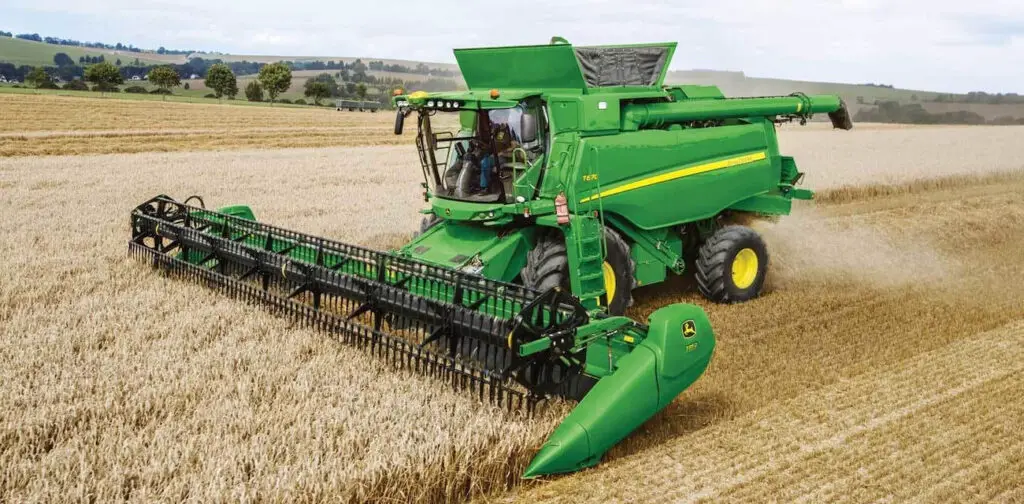
- Timing: Harvest crops at the appropriate stage of maturity to achieve optimal quality and yield. Harvesting too early or too late can lead to reduced crop quality.
- Handling: Handle crops gently to avoid damage during harvesting, which can lead to bruising.
- Hygiene: Keep harvesting equipment and containers clean to prevent contamination of the harvested produce.
Post-Harvest Handling
- Cleaning: Remove any dirt, debris, or field residues from harvested crops to prevent contamination.
- Cooling: Rapid cooling is crucial for perishable crops to extend their shelf life. This is typically achieved through cooling rooms or cool storage.
- Packaging: Choose appropriate packaging materials and methods to protect crops during transportation and storage. Proper packaging helps reduce spoilage and damage.
Storage
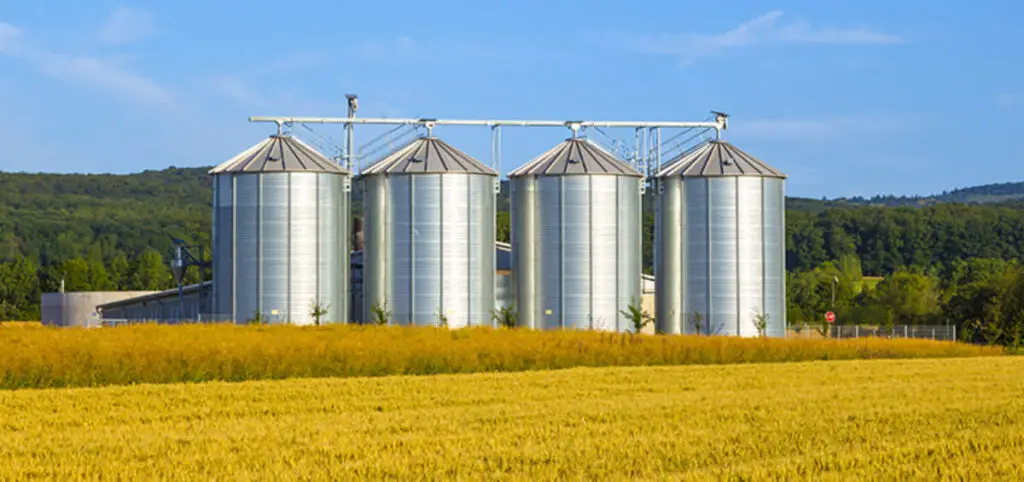
- Facility: Store crops in clean, well-ventilated facilities that protect them from pests, moisture, and temperature extremes.
- Temperature and Humidity Control: Maintain suitable storage conditions for each crop. Some crops require cool, dry storage, while others do better with controlled humidity and temperature.
- Pest Control: Implement pest control measures to prevent infestations, including traps, regular monitoring, and proper cleaning.
- Regular Inspection: Periodically check stored crops for signs of spoilage, disease, or pests and take appropriate actions to address any issues.
Record Keeping
- Maintain detailed records of farming activities, including soil tests, planting dates, fertilization schedules, and pest management practices.
- Record-keeping helps in tracking the performance of your farm, making informed decisions, and improving practices in subsequent seasons.
These practices contribute to sustainable, efficient, and environmentally friendly agriculture. Adapt them to your specific circumstances and crop types for optimal results.
Stay tuned with Laws Of Nature for more useful and interesting content.
Was this article helpful?
YesNo


